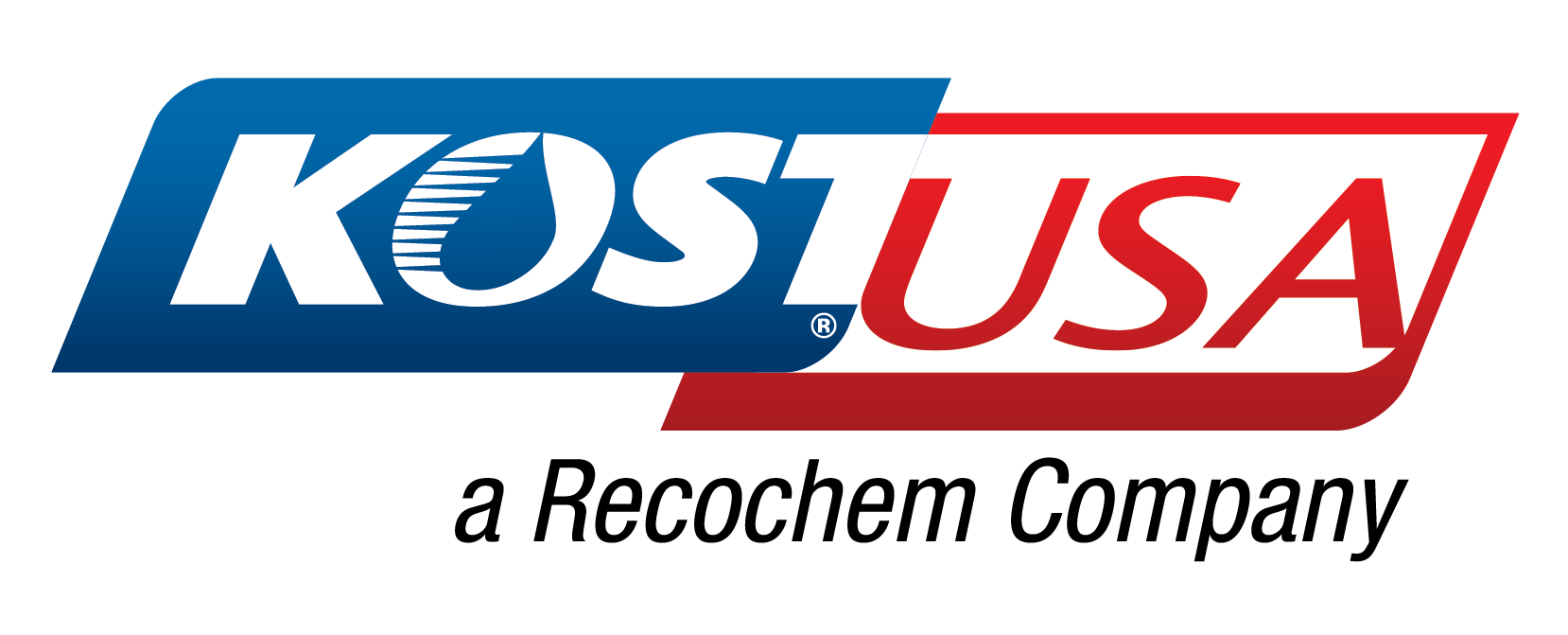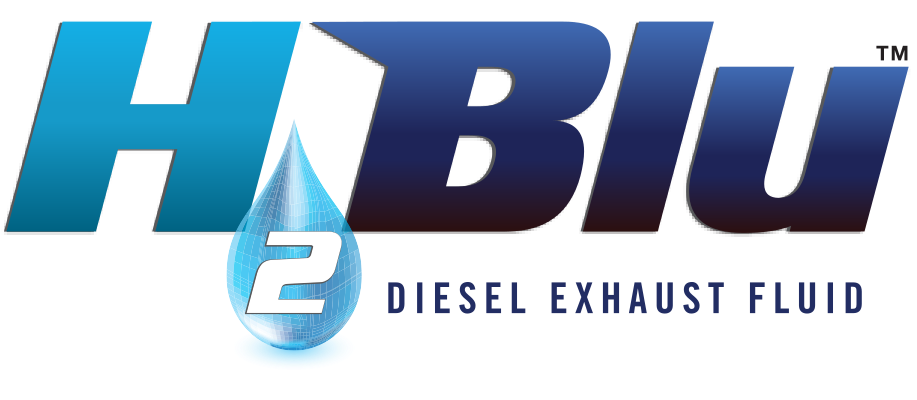The presence of water/water vapor in natural gas causes hydrates – solid, ice-like crystals of hydrocarbons and water that form under high pressure in well streams with a low temperature – which in turn cause freezing and blocking of pipelines, valves and other equipment, effectively shutting down your production. To meet pipeline specs gas must not exceed 7 pounds per million cubic feet per day (mmcfd) and over saturated gas cannot meet this requirement. To prevent the harmful effects of hydrates, natural gas is dehydrated by condensing vapor into liquid and then removing it either by adsorption or absorption.
Dehydration Techniques and Processes
• Glycol Dehydration uses a liquid chemical system know as a TEG (Triethylene glycol) unit to remove water from natural gas and natural gas lines. This occurs through the process of absorption.
• Desiccant Dehydration utilizes a hygroscopic substance to induce and/or sustain a state of dryness. This is also known as a PDS unit (passive dehydration system) and works through the process of adsorption, condensing and collecting water vapor on the surface.
As a leader in the manufacture, supply and marketing of antifreeze and functional fluids to the Oil & Gas Sector for over 30 years, the experts at KOST® USA not only engineer the highest quality products, we also educate and assist you in ways that are helpful and easy to understand and provide the support you need to operate and maintain your equipment for maximum performance.
Contact us today for more information on natural gas dehydration fluids or to schedule a KOSTCare™ Fluid Analysis for your antifreeze/coolants, heat transfer fluids, natural gas dehydration rich & lean and fire resistant hydraulic fluids.












